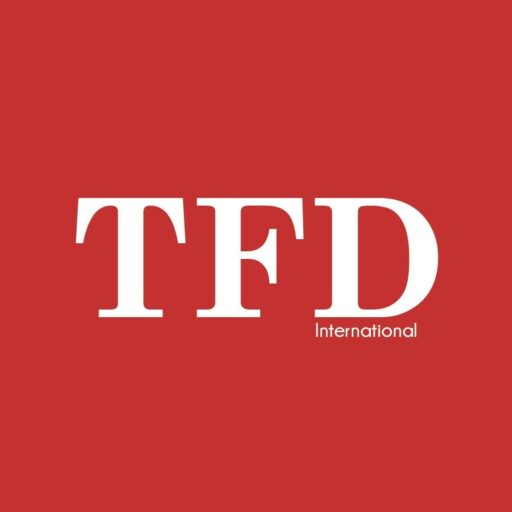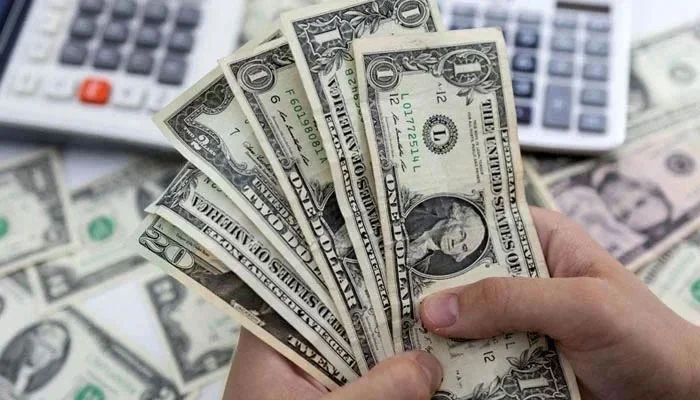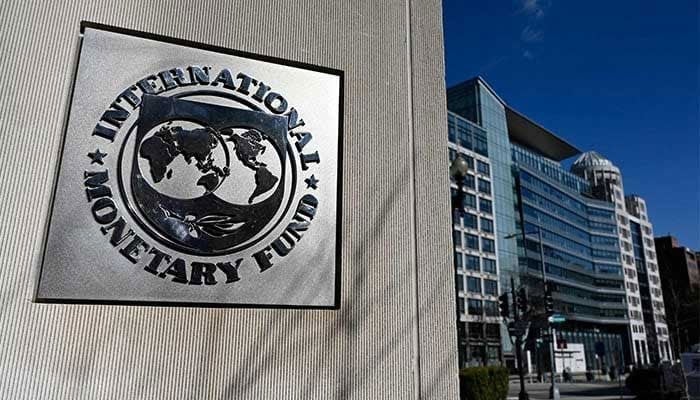ISLAMABAD – June 5, 2025:
Pakistan will allocate nearly half of its upcoming federal budget to debt servicing, as soaring interest and repayment obligations continue to strain fiscal space and limit spending on essential sectors.
For the fiscal year 2025–26, the government has earmarked Rs8.2066 trillion—or 46.7% of the total Rs17.573 trillion budget outlay—for domestic and foreign debt servicing. This represents the single largest component of current expenditures, underscoring the severity of Pakistan’s debt burden.
While the allocation is Rs739 billion lower (8.26%) than the revised Rs8.945 trillion spent in FY2024–25, the reduction stems primarily from falling interest rates rather than structural relief. Domestic debt repayments will account for Rs7.197 trillion, while Rs1.009 trillion is reserved for foreign loan servicing.
Public Debt Hits Rs76 Trillion, Breaches Legal Limit
By the end of March 2024, Pakistan’s public debt had reached a staggering Rs76.01 trillion (US$269 billion), up more than fourfold in the past decade. This includes Rs51.52 trillion in domestic and Rs24.49 trillion in external liabilities. Public debt now stands at 66.27% of GDP, surpassing the statutory ceiling set by the Fiscal Responsibility and Debt Limitation Act (FRDLA).
In the first nine months of FY2024–25 alone, the government paid Rs6.44 trillion in interest — already 66% of the full-year debt servicing target. Of this, Rs5.78 trillion went to domestic lenders, while Rs656 billion was paid to external creditors.
Fiscal Squeeze Threatens Development and Social Spending
The escalating cost of debt has left little fiscal space for investments in education, health, and development projects. Finance experts warn that the heavy servicing load is crowding out private investment, pressuring the rupee, driving inflation, and deepening Pakistan’s reliance on new borrowing — creating a self-perpetuating debt cycle.
Despite government efforts to improve debt management through better cash-flow planning and longer-tenure borrowing instruments, repayments continue to dominate the fiscal landscape.
External Borrowing Struggles to Fill the Gap
During July–March FY2024–25, gross external inflows amounted to $5.07 billion, primarily from multilateral partners ($2.8 billion), commercial sources ($2.01 billion), and bilateral partners ($258 million). However, the country failed to raise funds through global capital markets, issuing no international bonds during the period.
In contrast, external outflows exceeded inflows at $5.636 billion, driven by repayments to multilaterals ($2.828 billion), bilaterals ($1.565 billion), and commercial lenders ($1.243 billion). The resulting negative balance has further stressed Pakistan’s foreign exchange reserves.
Outlook: Debt Overhang Remains Pakistan’s Achilles Heel
As the government pushes forward with IMF-backed reforms and fiscal consolidation, debt servicing remains the biggest obstacle to sustainable growth. Without major structural adjustments or enhanced revenue generation, the country’s debt trajectory is unlikely to reverse, keeping Pakistan trapped in a cycle of borrowing and repayment.




